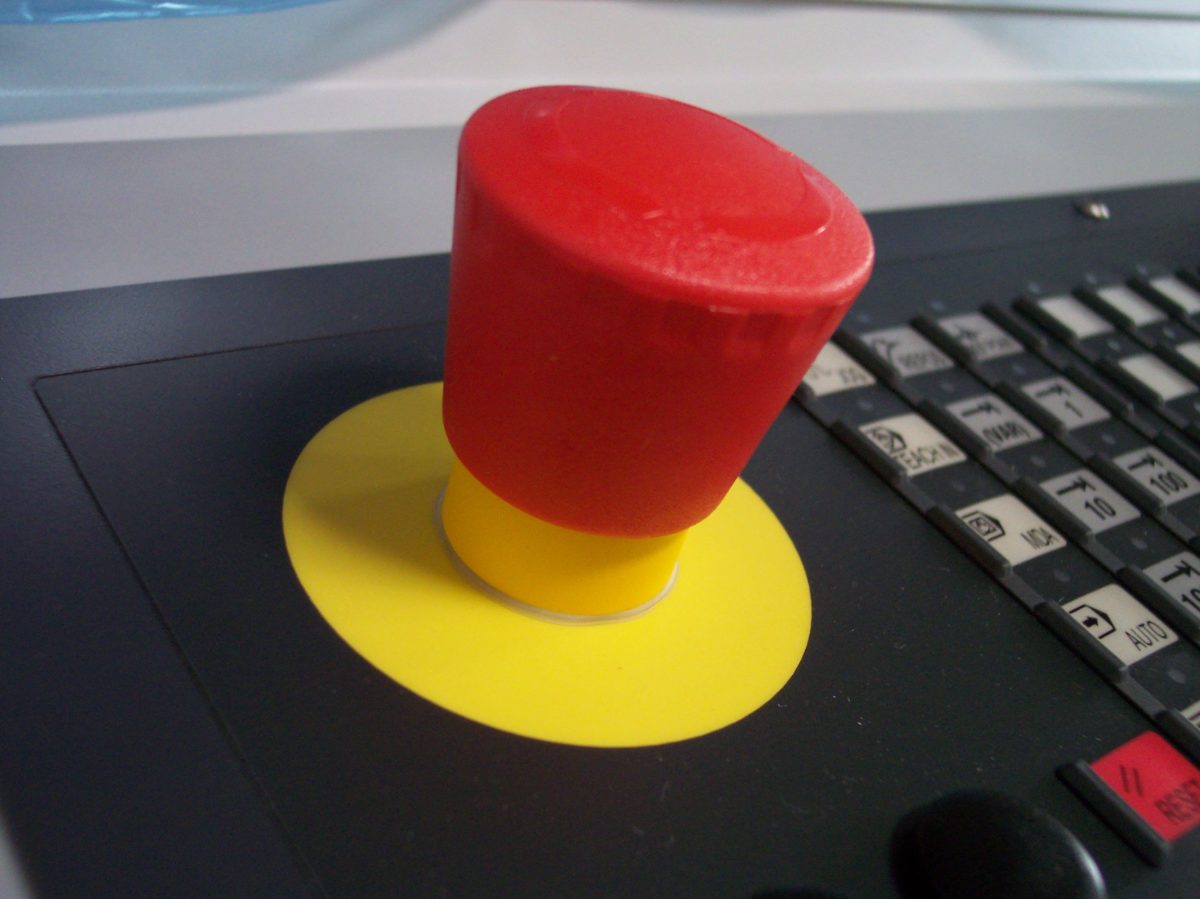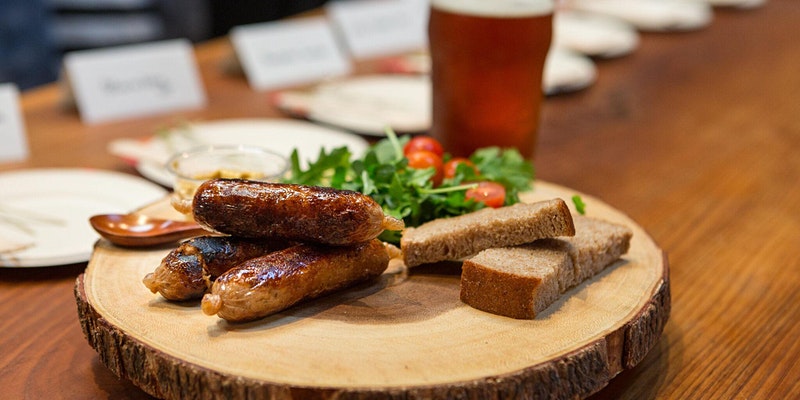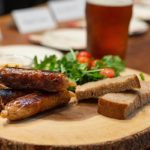A plant geneticist’s discussion on alternative methods of bioengineering.
Sebastion Cocioba discussed using sugars as a means of selection in molecular cloning and plant genetic engineering, removing antibiotics and herbicides from the equation entirely.
A plant geneticist’s discussion on alternative methods of bioengineering, Sebastion Cocioba discussed using sugars as a means of selection in molecular cloning and plant genetic engineering, removing antibiotics and herbicides from the equation entirely. He is a plant biotechnology researcher with a focus on the production of commercially and industrially valuable plant species. He is an owner of New York Botanics, LLC, a plant biotech R&D laboratory with a specialization in orchid micropropagation, a founder of Binomica Labs (https://binomicalabs.org/), and a leader in the open science movement.
Follow him at: https://twitter.com/atinygreencell.
Join the Petalsmiths Plant Engineering Research Party on Facebook: https://www.facebook.com/groups/390697141974598
Cocioba spoke to us from a converted bedroom turned microbiology lab space and discussed his informal thesis dissertation. Like many of our talks, Cocioba began his discussion on antibiotics. Antibiotics are chemicals that prevent bacterial growth. We can isolate and harvest these compounds to cure diseases. However, antibiotic dosage is key. Through diluted exposure, bacteria gain resistance and antibiotic therapies become antiquated. Additionally, there are many ways this resistance takes place, such as transduction (bacteriophage viral infection), conjugation (bacterial sex), and transformation (free-floating DNA pickup from the environment). These horizontal gene transfer methods are all ways that antibiotic resistance spreads aside from normal cell lineage passage.
It’s not all bad news though. We can use these genetic transfer methods to our advantage. For instance, transformation is the foundation for molecular cloning. Bacterial DNA comes in the form of circular fragments known as plasmids. Naturally occurring plasmids can be used to artificially recreate traits. Plasmids with genes of interest are put into the environment and uptaken by bacteria. The code of the plasmid then hijacks the bacterial machinery to produce our desired protein. However, there is never a 100% chance of plasmid uptake by the bacteria. We don’t want to move forward with an experiment without knowing that our bacteria has the desired result we are looking for, so how do we confirm this? This is where the initial discussion about antibiotics comes into play. Adding antibiotic resistance genes to these plasmids in addition to the gene of interest can be used to screen and confirm gene uptake. The media is laced with antibiotics. Any bacterial colonies that grow in the presence of antibiotics are the ones with successful plasmid uptake. We can harvest these cells for further analysis.
Coming from a home lab, Cocioba aimed to create a way to select for gene uptake without using antibiotics. Out of pure fortune, he landed on sugar gene research. Interestingly, lab strains of Escherichia coli cannot break down sucrose on their own. Cocioba developed a way to take advantage of this metabolization inability as a selection marker. He gave E. coli in his experiments the metabolic component to digest sucrose via a plasmid. Thus in theory when bacteria survive on sucrose media, it is because the cell is consuming the sugar. This means plasmid uptake was successful and the gene of interest is present as well. Cocioba replaced the antibiotic resistance gene on a plasmid with the gene to aid in sucrose breakdown, and it worked! He developed a way to screen for plasmid uptake into bacteria without using antibiotics.
In the past, archaea were thought to be the same as bacteria. Although both are single-celled organisms, archaea fall under a different category of life. However, we can still translate between the two. Haloarchaea is an extremophile, meaning it lives in extreme conditions. They cannot survive without high salt levels. Additionally, haloarchaea is incapable of metabolizing sucrose entirely. Cocioba applied the same bacterial screening solution to archaea. He encouraged plasmid uptake into haloarchaea, so that the specimen metabolizes sucrose in extremely salty environments. This means that our sample is pure due to the high salinity (no autoclave needed). They also use different machinery which hinders them from pathogenic transfer in a normal environment. Due to their intolerance for low saline environments, these cells will literally explode down the drain and allow for safe disposal. This is a great solution for DIY bio!
He then switched gears to discuss Agrobacterium tumefaciens, a soil bacteria normally found all over plants. He compared A. tumefaciens to a shark in the water. Whenever the bacteria sense “plant blood”, it springs into action. The bacterium locates the wound site and injects itself into the plant cell. Making its way to the nucleus, this bacteria begins to genetically engineer the plant. A. tumefaciens works in two ways. It programs the plant to create a carbohydrate that only the bacteria can use and to build a fortress around the bacteria protecting itself. A. tumefaciens infection can be pinpointed by the presence of “plant tumors”. Notably, genetically modified A. tumefaciens can input their DNA into a plant this way as a form of plant genetic engineering.
This brings us from the microscopic to the macroscopic scale ending with plants. Many plant cells can regenerate via shoots (somatic embryogenesis). But how do we screen out the transgenics that have our gene of interest from the ones that don’t after A. tumefaciens infection? We can apply the sugar-bacteria solution from before here for plants too. Mannose is a sugar that plants naturally cannot metabolize, but if they were given a supplemental gene, they can. We have the sugars for selection and the mechanism to get them into plants; now we just have to test it. Plasmid molecular cloning with the gene of interest is done in E. coli and Haloarchaea. Then these are transformed into A. tumefaciens. Swapping the sugar genes in between to ultimately prepare for plant infection. Further refinements to the process speed things along. Ruby betalain from beets is used as a potent pigment to differentiate transgenic plant tissue (bright red) from normal variations (lime green). Vanilla and other pantry staple spices agitate the plant cells to encourage A. tumefaciens infection. This whole process is organic but still transgenic and revolves around sugar all the way down.


